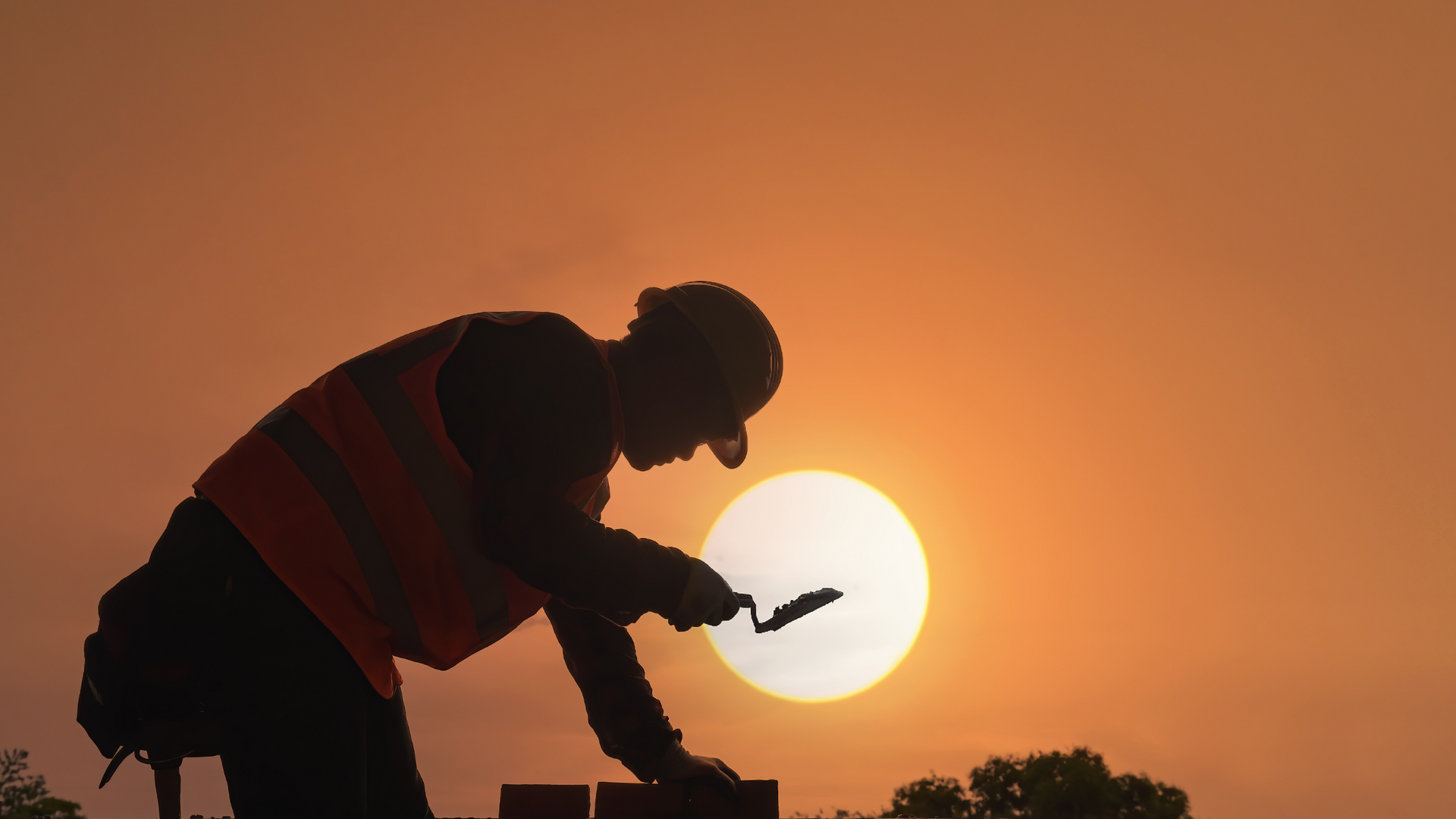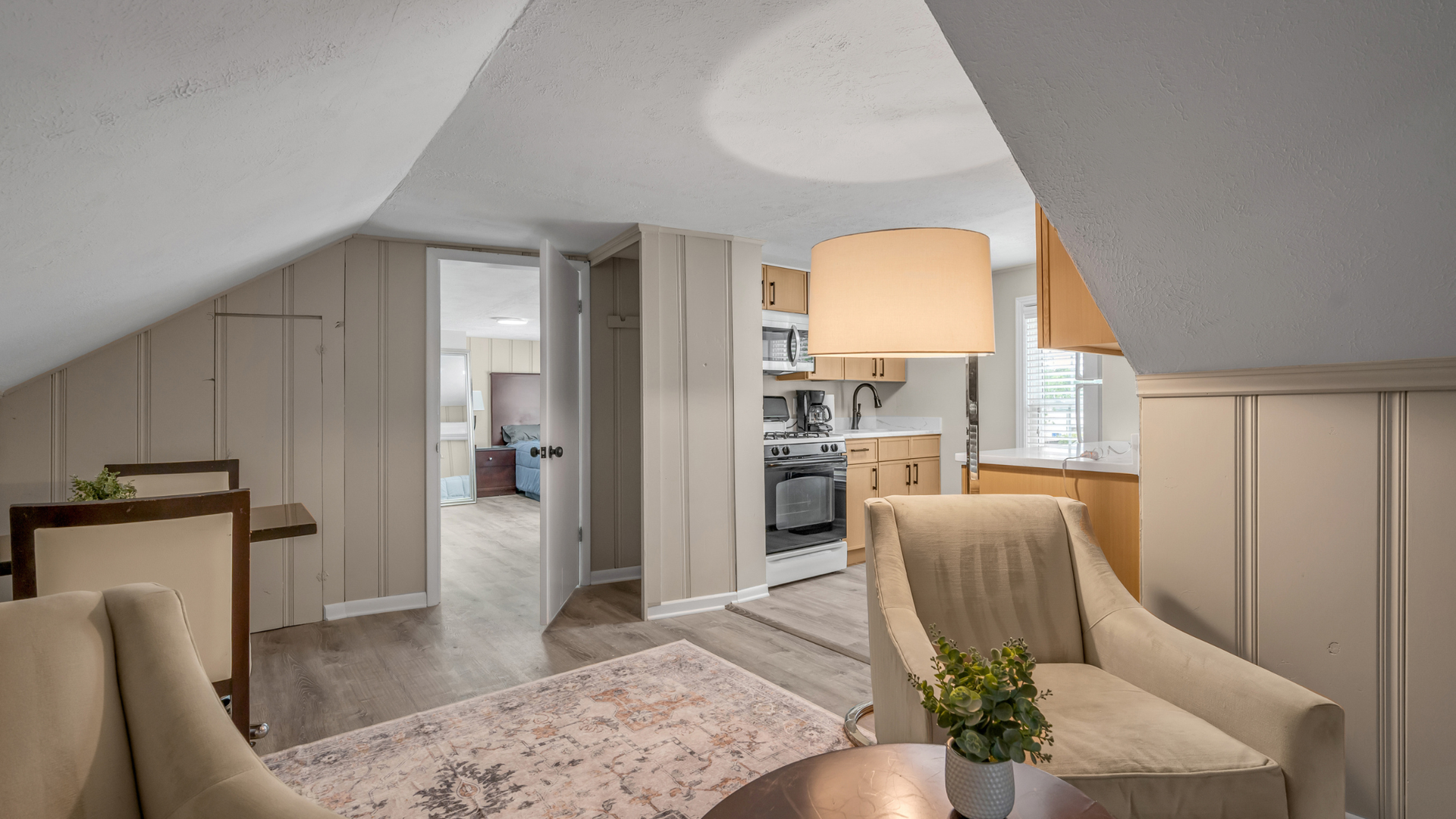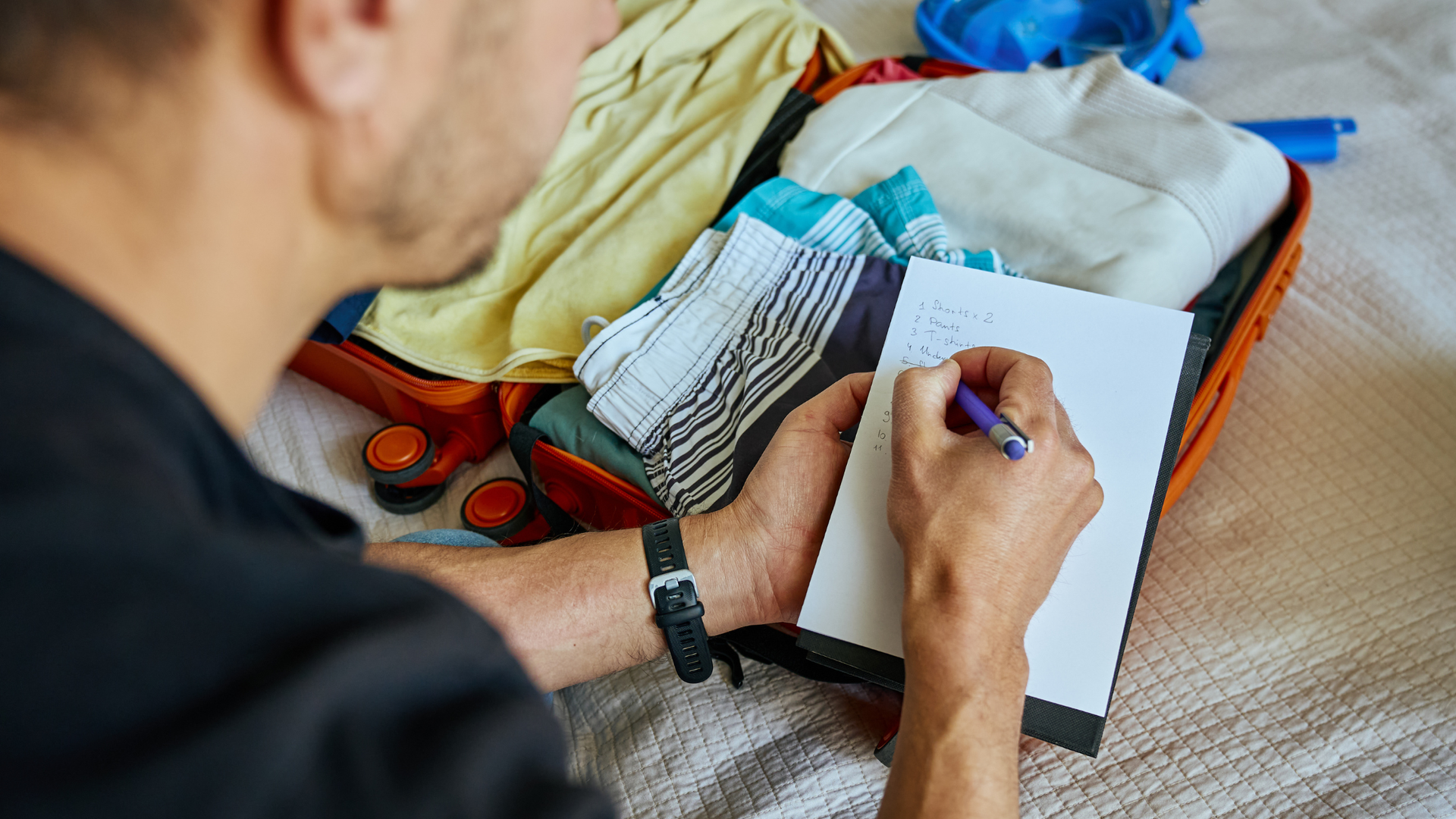The People Who Rebuild Communities Deserve More Than Bunk Beds
There’s something humbling about sharing a room with 15 other people.
No privacy. No real beds. No “off” switch at night. Just the soft buzz of a box fan, the shuffling of tired boots, and the quiet snores of a team too exhausted to care.
That was our reality for a week during our most recent trip to Hazard, Kentucky, where our team volunteered alongside construction crews helping rebuild flood-ravaged neighborhoods.
And if we’re honest? It was hard. It was also eye-opening.
What Crew Housing Really Feels Like
Most people never think about where construction crews sleep.
We see the trucks. We hear the hammers. We admire the new roof or road or school.
But what we don’t see is:
- The 5 a.m. alarms after a poor night’s sleep
- The aching backs from makeshift beds
- The hours spent navigating to job sites from faraway motels
- The emotional weight of being away from family week after week
That’s what we lived, briefly. And for our team, it changed everything.
Why Crew Housing Shouldn’t Be an Afterthought
When a teacher takes a job in a new district, she’s often offered relocation support.
When a doctor joins a rural clinic, there’s usually a stipend for housing.
But construction crews—many of whom travel hundreds of miles for work—are expected to figure it out on their own. Or rely on cramped, low-cost motels that chip away at morale.
This isn’t just a comfort issue. It’s a health and safety issue.
Better Housing = Better Work
We’ve been in this industry long enough to know the data:
- Crews that get 7+ hours of sleep are 40% less likely to make mistakes on the job
- Shared housing leads to higher turnover, especially when crews are mixed from different companies or trades
- Crews with private sleeping quarters experience less burnout and complete projects faster
In Hazard, we felt that firsthand. The days were long. The work was hard. And by day three, everyone was running on fumes.
What Crews Really Need
Based on years of housing crews and one unforgettable week living like them, here’s our list of crew housing must-haves:
1. Private or Semi-Private Bedrooms
Shared living spaces are fine. Shared bedrooms? Not so much. Even just two to a room makes a world of difference.
2. Functional Kitchens
Microwaves don’t cut it after 10-hour shifts. Crews want to cook real meals—and feel like they’re at home, not camping.
3. Laundry On-Site
Dirty clothes pile up fast. Having to drive to a laundromat? It’s just another burden after an exhausting day.
4. Reliable Wi-Fi
It’s not a luxury. It’s how crews call home, check project files, and decompress.
5. Real Rest
Supportive mattresses. Blackout curtains. Climate control. These aren’t extras. They’re essential to performance and mental health.
Our Commitment Going Forward
At Hard Hat Housing, we’ve always known that good housing makes for good crews. But now, after walking in their boots—even briefly—we’re more committed than ever.
We’re improving our vetting process for homes.
We’re expanding in areas with high rebuild needs.
And we’re educating more homeowners on how to become part of the solution.
Construction crews do more than build walls. They build communities.
And after everything they give—time, energy, sweat, and sometimes safety—the least we can give back is a place to sleep that honors their work.
Let’s make the bunk beds the exception. Let’s make comfort the standard.
Because the people rebuilding our world deserve more than a pillow and a floor. They deserve a home—even if it’s just for a little while.













